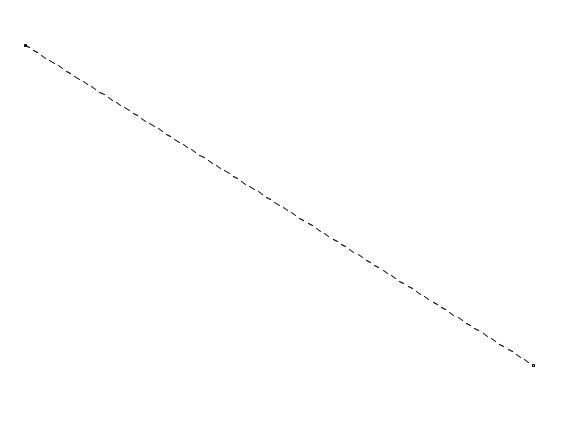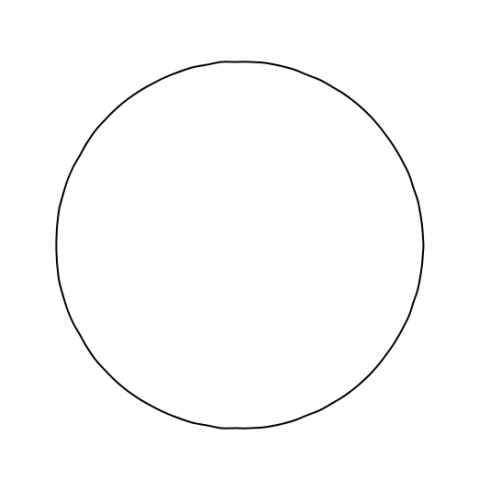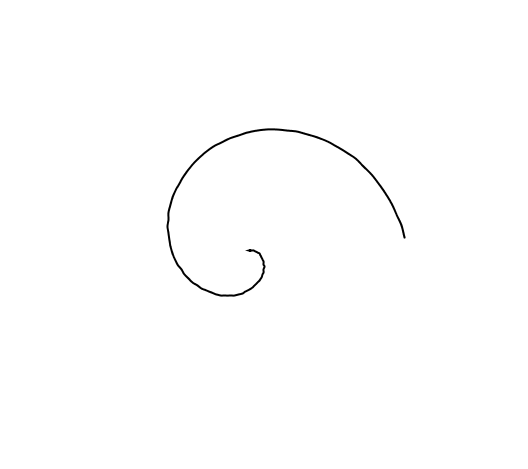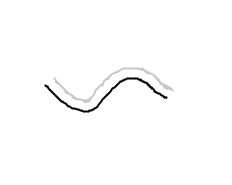Student Area
grape – LostrittoReading
Something that struck me in particular about this reading was the distinction between a drawing and a model of lines. Before reading this, I never thought of drawing and digital images/drawing as different; the two might have occupied different spaces entirely, but I would have still called something from #drawing on Instagram a drawing. Reading this made me reevaluate how drawing relates to materiality. So I looked up the etymology of ‘draw.’
Apparently it traces back to draught/draft and is supposed to indicate a friction/pulling action.
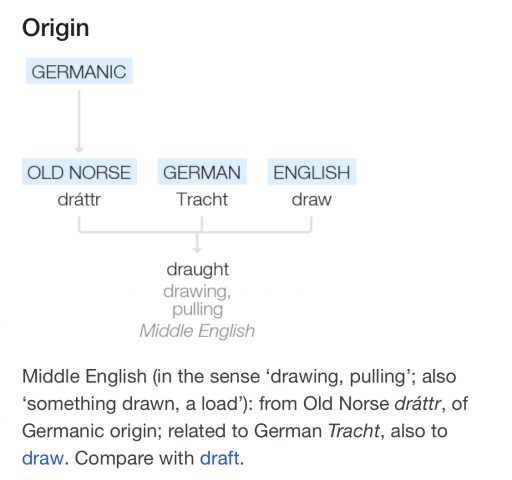
This makes sense if we were to go back to the examples Lostritto included in the reading – an eraser might be able to erase marks but the force it takes to remove marks also creates marks. The materiality of a drawing then has an additional temporal aspect that a digital counterpart lacks; erasing a digital line leaves no trace.
grape – PlotterSkimming
I think the Fogleman article was very interesting because instead of talking about the process of creating drawings to plot, the article focused on how to order to paths even reducing it to TSP which I thought was cool. I’m not sure how much of plotting in this class will involve actually setting up the paths/if it was already preprepared but it was just insightful to know more.
aahdee – LostrittoReading
I enjoyed the reading – it was an interesting topic and I like to think about the theory of what a drawing is before implementing it in practice. It helps me think of the drawing in abstract terms and opens the door to more experimentation. I agree with Lostritto’s definitions on what a drawing is not, but I am interested in what he thinks about animal drawings. Could an animal have similar skill and autonomy as a human to make a drawing? And if they do, do they have ownership over that drawing? Does the animal have to understand what a drawing is and have intentionality to create one in order for it to be considered a drawing? These are interesting questions to me because I anthropomorphize my computers and robotic tools and treat them a bit like their own beings that have feelings and can act moody. They’re a bit like pets to me – and I’m aware the other people view animals in the same vein as machines. So I wonder what those people think about animal creation and ownership.
aahdee – PlotterSkimming
Learning about paper is the new thing that I took from skimming the articles. So far I’ve been using printer or parchment paper (scandalous) so reading that I should use smooth, thick paper might change my plots for the better.
spingbing-LineExercises
Part A:
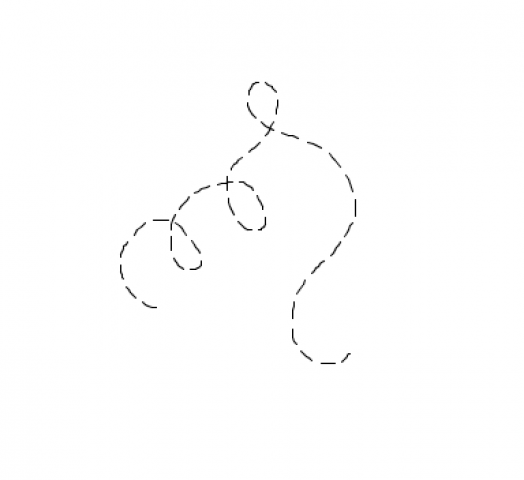
Part B:[videopack id=”686″]https://courses.ideate.cmu.edu/60-428/f2021/wp-content/uploads/2021/09/livingLineVid.mov[/videopack]
Part F: To create lines with varying thicknesses with the same size nib, I ended up drawing various amounts of lines various distances apart from each other depending on the intended thickness. The thin line on the left has no space between each line, while the thick line on the right has percievable space between the lines.
Part G: With a major amount of help from Golan, this offset curve was accomplished by calculating parallel points from the original line and connecting them to form a parallel line. The resulting offset line is spiky because of the sharp turn problem.
Part H: I used the same logic as I did in part F to create the illusion of a thicker line. It is definitely not flawless and is very noticeably adding extra lines for attempted thickness, but in a bare minimum way, I believe it satisfies the prompt.
marimonda – LostrittoReading
This reading was incredibly fun for me, especially for the brain food it proposes when it comes to defining drawing. I think that having conversations about what drawing isn’t as opposed to what it is, proposes an interesting way of definition. I am not completely sure I agree with the argument against digital drawing. I do understand the rationale about pixels misrepresenting an image and I can also understand the sentiment towards the materiality of placing something on something else to create a mark. In this sense, I don’t think it takes away from the placement of marks upon a surface, even if it’s not physical in nature. I always took a drawing as a byproduct of its verb. Drawing seems like an action that demands interaction from a user to a surface (tablet, paper, rocks) with an intermediary that allows these marks to get recorded on the surface. I think a computer can draw, the same way a human can, but the computer has to be able to move externally to create these marks (like a robot) on another surface (could be another computer). These sorts of questions make me think also about the relationship between drawing and writing, and writing and typing. The computer and stylus as intermediaries for some output are really interesting, especially while compared against each other.
marimonda – PlotterSkimming
One of the main themes I observed in the readings was that of experimentation as a key in creating dynamic plotter art. Last week, sweetcorn brought up a really good point in class about the tendency of plotter art to look a specific way (mathematical or realistic), and this was something that I kept in mind while reading the blog posts.
I really appreciated Licia He’s blog post in particular, because I think she emphasized the materiality of plotter art in a way that keeps me doubting it is plotter art in the first place. It also makes me consider human intervention as part of the creative process, because of the variations, colors that exist in her work. Her notes on the different papers and mediums she uses the works she chose to convey help broaden my perspective of what I think plotter art is.
I also thought that Matt Deslauriers’s run-through of the “patchwork algorithm” and other space-filling/recursive patterns was really nice, it makes me want to create it and then find ways to ruin it.
Lastly, it was cool to hear there is an Inkscape Axidraw extension.
spingbing-PlotterSkimming
Having little exposure to plotters, I find myself constantly surprised with every new thing I learn; so while this may seem trivial, I was surprised by the diversity in the art outputted by Licia He during her multiple 100-day drawing challenges. It was interesting to see the differences in style when she leaned more into using clean, precise lines vs more organic and natural-looking lines. This is inspiring for me because the more geometrical plotter drawings to me sometimes seem devoid of personality, so seeing the more chaotic drawings was intriguing.
sweetcorn – LostrittoReading
Something that stuck out to me in the Lostritto reading was the section about mark-making and editing. I remember Natalie Westbrook telling us in Drawing I that the eraser was a drawing tool itself. It made sense in that context since we would cover paper in charcoal and draw with the eraser. Lostritto’s declaration of more or less the same thing clicked differently for me. If I draw one thing, erase it, and draw a second thing on top, that produces an entirely different thing than just drawing the second thing. It makes me think about the aesthetics of errors, which is a popular thing in the computational or internet or digital world with the glitch aesthetic. I think about the possibilities of attaching an eraser to a plotter after attaching a pencil and having a longer-term piece and the dialogue between that pencil and that eraser.
